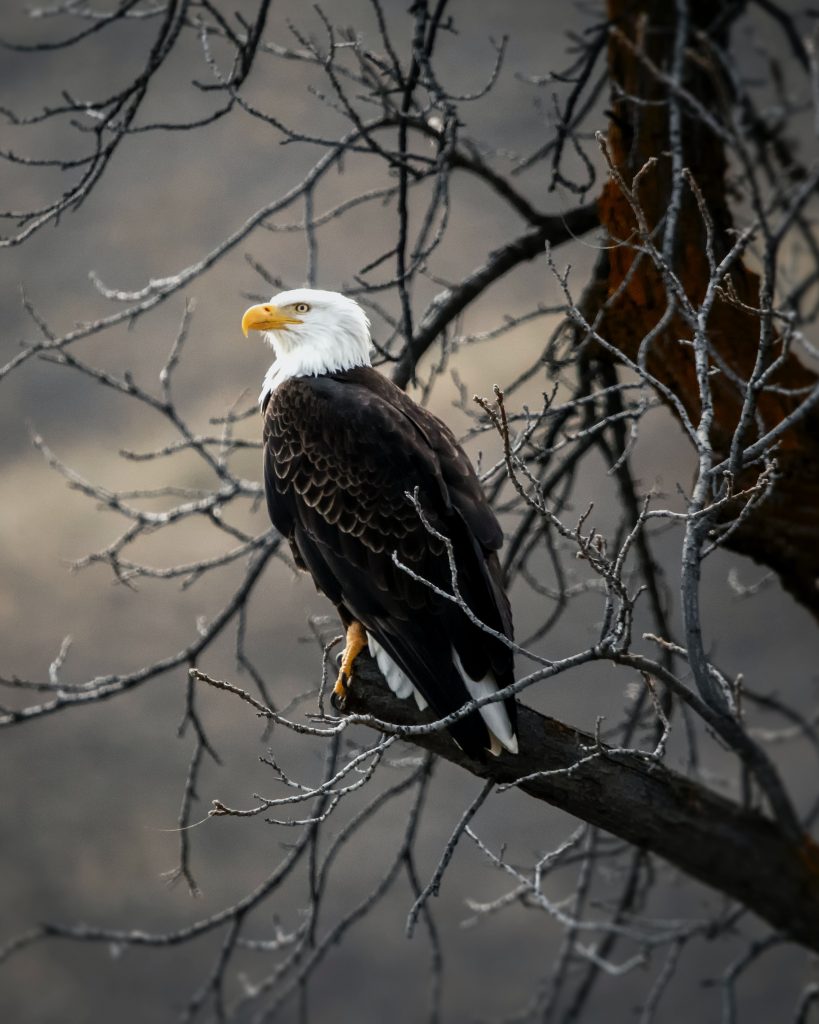Kea-The Kiwi Mountain Parrot

Kea-The Kiwi Mountain Parrot – Facts file
The Kea is a native Kiwi parrot found in the Southern Island of New Zealand. Its beak around 4.5cm-5cm long for males, while the female’s beak is 4-4.5cm long. Their wingspan is 1m in width and they are about 46cm long.
A male Kea weighs 750g-1kg, whereas, the female Kea weighs 700-850g. Keas have a plumage of olive green, their nape and crown are yellow or green. Their abdomen and chest are green with a tinge of brown, while their tail is blueish green with a black tip. Their eye colour is brown and they have dark, brown patches around their eyes Their feet have 4 toes on each foot with two pointing forwards and backwards. Adult Keas have brown feet, while the younger ones/juveniles have yellow feet.
Diet, habitat, predators, and behaviour.
Diet: Their diet comprises leaf buds, roots, fruit, seeds, nectar, and insects. Their favourite food is the nectar of flax and coprosma.
Habitat: Keas live throughout alpine areas in the Southern Island of New Zealand. They build nests at sea level on the West Coast of the South Island, the Southern Alps and in the mountains of the South Island.
Behaviour: Kea parrots are intelligent birds. Scientists from all over the world have come to Southern Island to conduct experiments on the Kea. The experiments involve tasks that aim at showing the intelligence levels of the Kea. Along with intelligence, they are noisy and can be pests. There have been cases where the Kea has broken tourists’ cars and vandalised lodges and houses. They like going to buildings whatever way they can. They use their beak for looking for food through rocks and other tough places like crevices.

Mating occurs over a lifetime. The females lay 2-5 eggs per year in a burrow deep in the ground under a beech trees’ roots or large rock outcrop. The Male feeds the female during the incubation period. Incubation occurs for 1 month and Keas breed each year. Sexual maturity in the Keas occurs at around 3 years in females and 4-5 years in males.
If predators like stouts (introduced species) and possums eat the Keas eggs, the female Kea can lay another batch of eggs if it is not too late in the season. When the chick is 1-month old, the male keas assist with their feeding. Male Keas mate with up to four females during the breeding season. After 10-13 weeks, the chicks can fledge.
Threats and conservation efforts:
Threats: There are threats to the Keas existence. Introduced mammalian predators, Lead in the Keas habitat is also a threat to Keas existence. Irresponsible 1080 pest control, Avian diseases, accidents, and illicit wildlife trade are other threats the Keas face to their existence. The International Union for Conservation of Nature (IUCN) classifies Keas as ‘Vulnerable’.
Conservation Efforts: The pleasant news is that past New Zealand Government had implemented legislation and Projects to minimise the above threats. Under the Wildlife Protection Act, a person who kills a Kea can receive a heavy fine and face imprisonment.
Projects are being developed to minimise the impact of each of these threats. Threat Mitigation Projects help in reducing the impact of the threats that Keas face. The Kea Conservation Trust is a registered charitable trust that has helped in preserving the Keas populations in New Zealand.
Kea-The Kiwi Mountain Parrot

